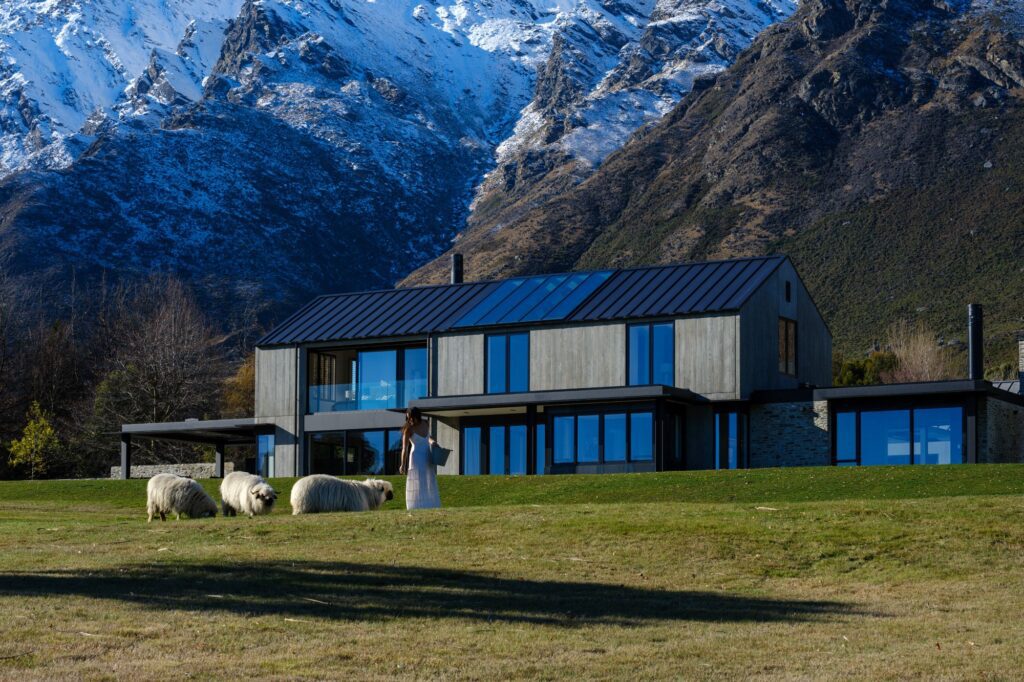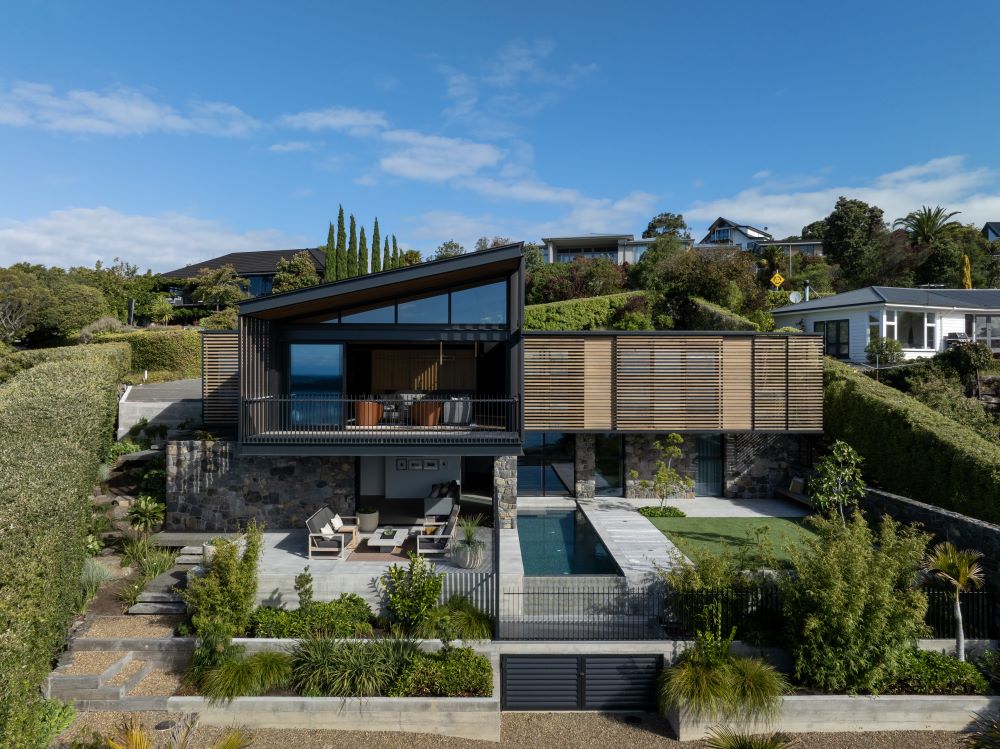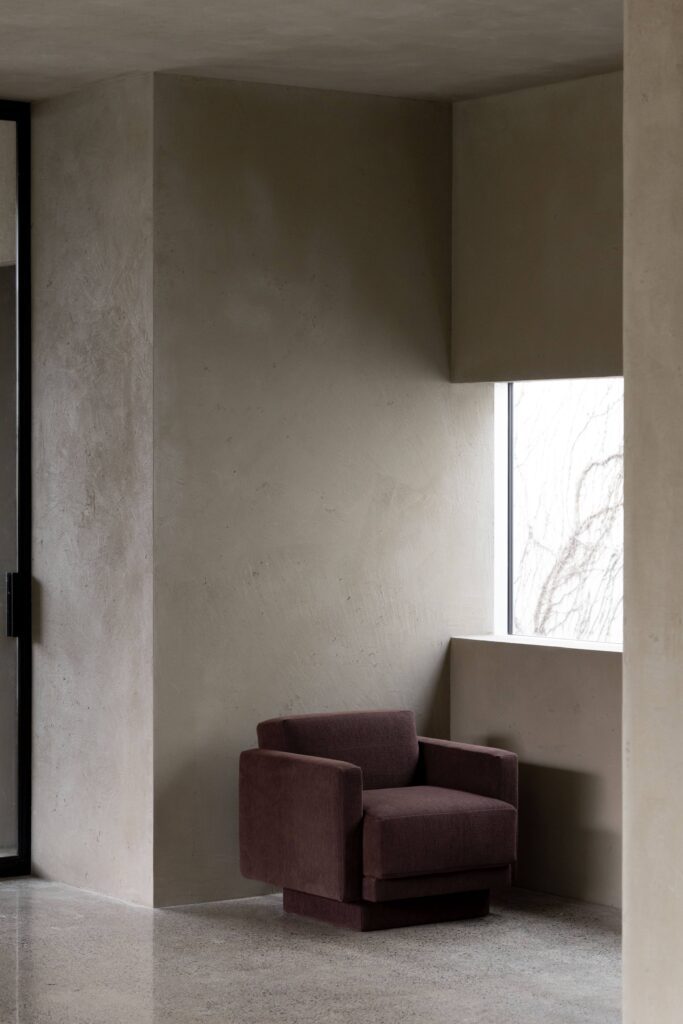“Not only is wool the best fibre in the world, it’s also the best fibre for the world.”
These are the words of Stephen McDougall, architect and ambassador for Campaign for Wool New Zealand, a global endeavour founded in 2010 by His Royal Highness The Prince of Wales. It’s a role in which Stephen takes pride, explaining it is not only a job but a passion: “As architects, we have a responsibility to specify products with due care, and to be conscious about what we are doing and why we are doing it.”
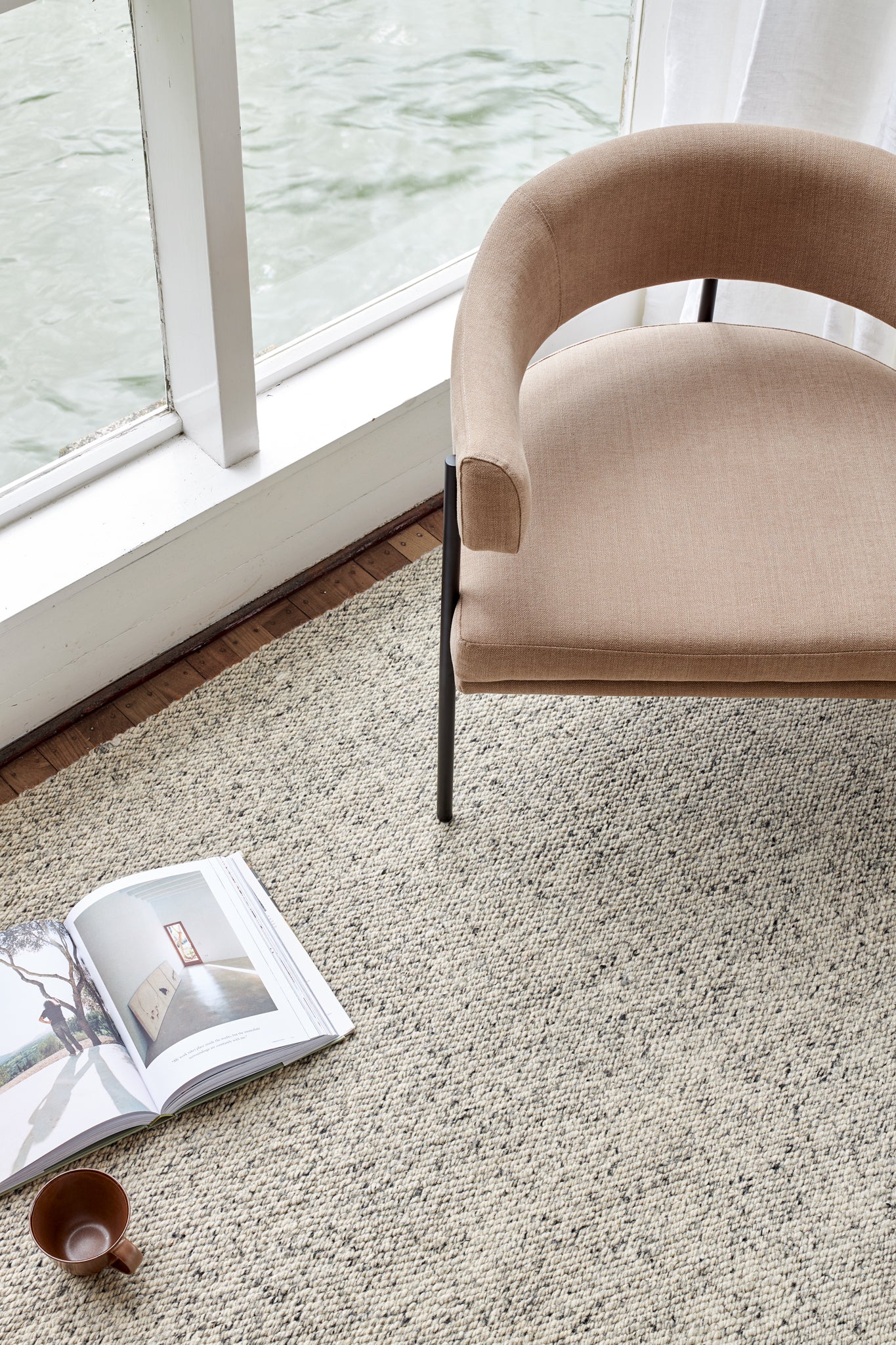
In the case of wool, there’s a long list of benefits that are hard to match, spanning everything from human health to technical properties. “Wool is natural; it’s renewable, sustainable, and biodegradable; it has a low flammability index, great acoustic properties, and natural thermal properties,” Stephen explains.
However strong wool, in the form of carpet — as opposed to fine wool such as merino, which is mainly used in apparel — has had a recent history fraught with challenges. Most notable of these was the introduction of petrochemical, synthetic fibres, which are often “promoted as green because they can be melted down at the end of their useful life and remade”.
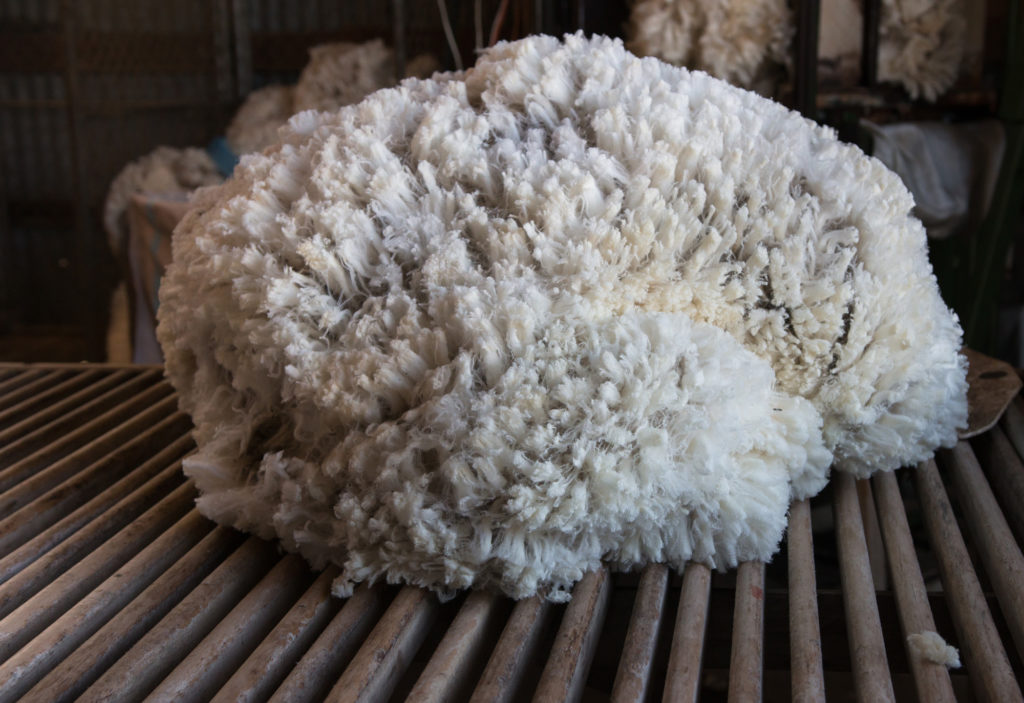
Synthetics mounted a competitive challenge against wool-carpet manufacturers. Compare synthetics with the benefits of wool, though, and the advantages of natural are hard to look past.
“It’s in situations like these where our role as architects, and as a society, is to ensure we do things differently, and there’s a real opportunity to make a difference with wool. By specifying it, we can create sustainable spaces that last,” Stephen says.

In addition to carpet, wool is also highly effective when used as insulation, and for drapes and soft furnishings. “Our well-being is critical, as is the health of the planet, and by using wool — an incredibly magical product — we are making choices that are good for us, and good for the environment,” says the architect.


